ORNL Review
/I am in ORNL Review (again) in the section “Why Science?” answering a few questions:
What are you working on at ORNL? My research is about understanding how molecular resources are used among genes to make proteins. Using fluorescent, confocal microscopy, I observe protein production in a simplified, synthetic, cell-free system encapsulated in lipid membranes the size of mammalian cells. This work helps inform the designs of gene circuits that could be used to make bioproducts.
What would you like to do in your career? In parallel with research, I co-founded a company to explore entrepreneurship. We licensed technology created at ORNL, improved it with a DOE grant, but failed to commercialize it. I would like to apply this experience to continue to work to bring scientific discoveries to market through small companies.
Why did you choose a career in science? My parents encouraged academics and scientific curiosity. My high-school AP biology teacher sparked my interest in cell biology with an experiment transforming E .coli with a fluorescent protein. It is fun to be, for a moment, the only person in the world to learn something new about nature. Science is at the edge of knowledge; what an exciting place to be.

















